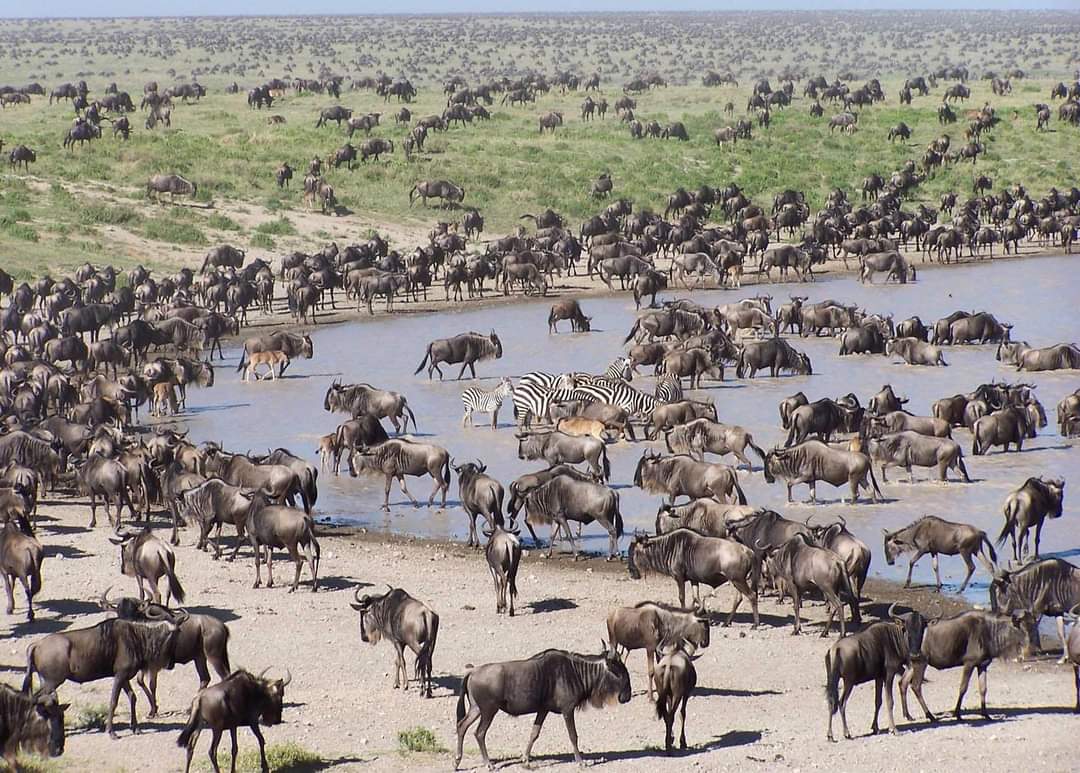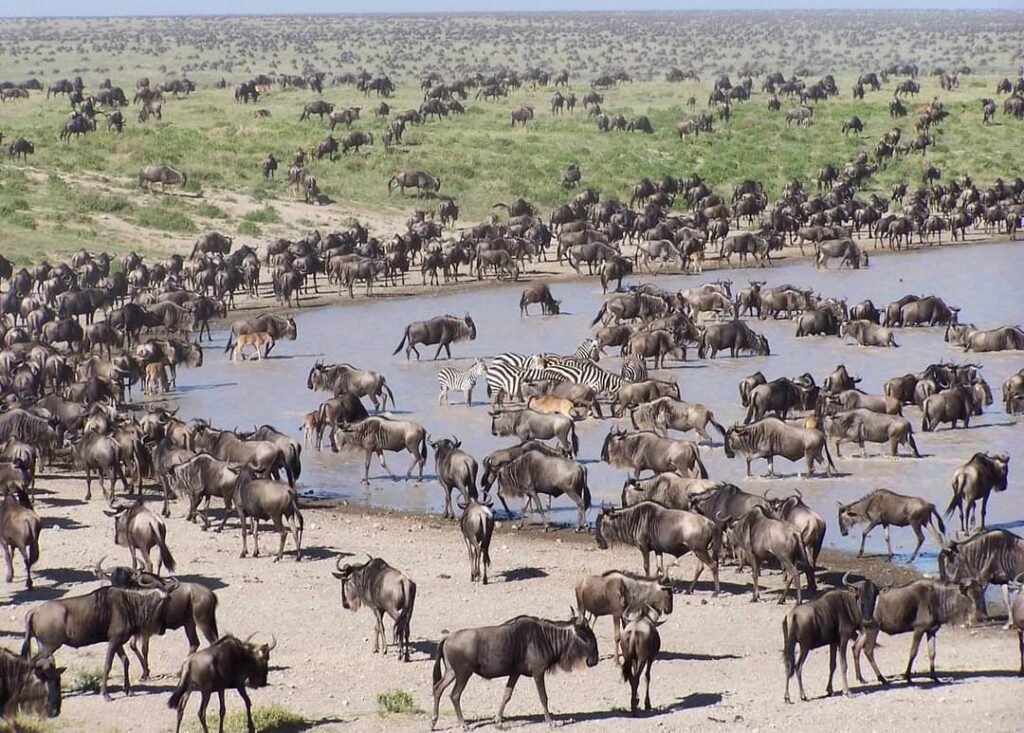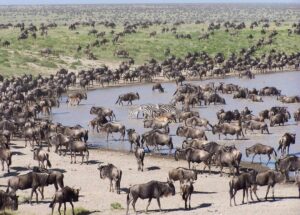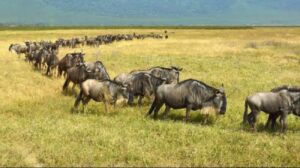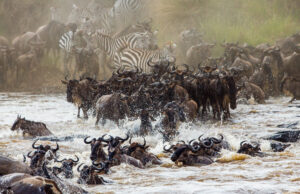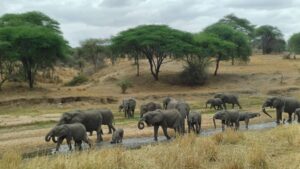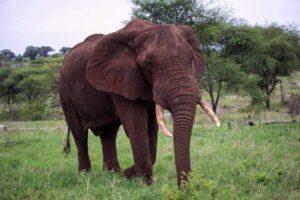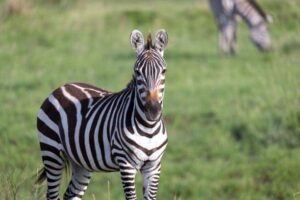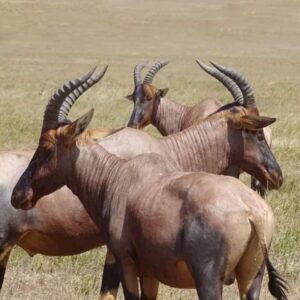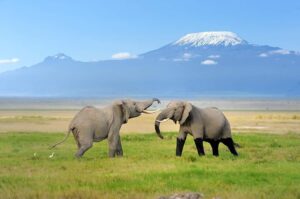- Overview
- Gallery
The Migration is too big an event to ever capture in a single trip, but even seeing one leg of the Migration is worth the effort.
Migration Timeline:
Like so many natural wonders, the Great Migration doesn’t follow a set schedule. Instead, it rambles along in the wake of the seasonal moisture, stopping along the way as the rains do.
January and February the next generation of Wildebeests are born. The herds are in the southern Serengeti, Ndutu, and Ngorongoro Conservation areas for the fresh, nutrient rich grasses. Over 500,000 calves are born in just a few weeks. But, predators are waiting, so these young wildebeests must be ready to run within minutes of birth if they want to survive the Migration.
March the last of the calves are born and the grasslands of the southern Serengeti have been eaten clean. The herds gather and begin the next leg of their journey, moving west and north into the central Serengeti.May and June the herds move north in massive numbers through the western and central Serengeti. Packs of wildebeests 25 miles (40 km) long are not uncommon. Seeing the herd stretch into the horizon and feeling ground tremble as tens of thousands of beasts march by is hard to imagine, and impossible to forget.
July brings the most dangerous part of the Migration, the river crossings. The herds have moved fully into the northern Serengeti and are preparing to cross the Mara River into the Masai Mara Reserve in Kenya. The waters are fast, and hungry Nile crocodiles are waiting along the shores. The crossing is dramatic as incredible numbers of wildebeests try to find safety on the northern side of the river.
August, September, and October are restful for those of the herd that made it to Masai Mara. The northern plains have bountiful grass this time of year, and fewer predators than elsewhere along the Migration’s path. As October winds to an end the herds will again move south, crossing the Mara River back into Tanzania and the eastern Serengeti in search of better grazing.
October and November bring the herds together again as they move through the eastern Serengeti. The herds are preparing to calve again and the rains are moving on. The wildebeests, and the accompanying zebras and antelopes, will find their way back to the abundant and nutrient rich grasslands of the Southern Plains, preparing to start the whole cycle again with a new generation in the lead…
We offer a number of safari options throughout Tanzania, including into the Serengeti. If you’re interested in seeing the Migration let us know when we’re planning your climb and safari. Our adventure experts can help you time your trip and choose the safari package that will give you the best shot of catching the Migration.

